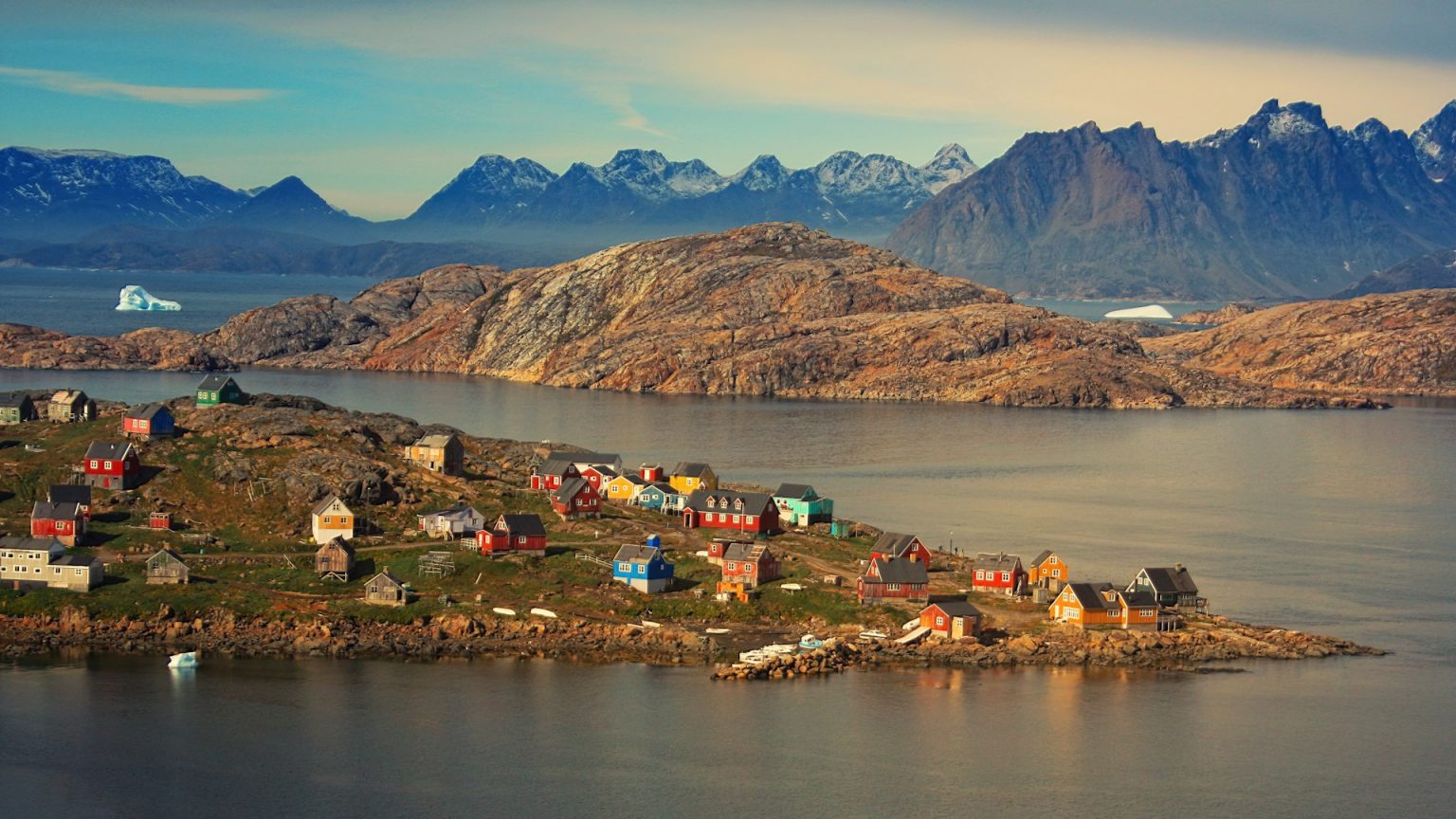NASA shares photos of deadly ‘Camp Fire’ in California

NASA
- The 'Camp Fire' broke out early Thursday morning in Paradise, a town north of Sacramento.
- It's so far left five people dead and thousands of buildings destroyed.
- Meanwhile, two other wildfires are spreading north of Los Angeles.
Three wildfires are wreaking havoc in California as they blaze across tinder-dry landscapes, one north of Sacramento and the other two west of Los Angeles.
Early Thursday morning, the so-called Camp fire tore through the town of Paradise, destroying some 2,000 homes and buildings, and forcing 30,000 people to evacuate the area. The cause of the fire has not been determined.
“There’s nothing much left standing,” a fire department spokesperson said about Paradise.
At least five people have been found dead so far.

PARADISE, CA – NOVEMBER 08: Embers blow in the wind as the Camp Fire burns a KFC restaurant on November 8, 2018 in Paradise, California. (Photo by Justin Sullivan/Getty Images)
As of Friday morning, the Camp Fire had burned an estimated 70,000 acres, or 110 square miles, according to a government fire tracker. Some 2,000 firefighters have been trying to contain the blaze and prevent it from spreading to the nearby city of Chico, home to 90,000 people. The firefighters, several of whom have been injured so far, had only contained about 5% of the wildfire as of Friday morning.
Strong winds and dry conditions are feeding the blaze, which residents described as lethally quick.
“Everything was ignited by the time I got out of my house, everything was on fire,” one person told CBS News.
NASA and the US Geological Survey’s Landsat 8 satellite captured images of the wildfire from space.

NASA
The National Oceanic and Atmospheric Administration shared an animation of the Camp Fire that it generated using data from its Goes-East weather-monitoring satellite.
The Earth Resources Observation and Science Center issued another aerial view of the wildfire.
The Woolsey and Hill fires in Southern California
Two other wildfires are burning in Southern California. Acting California Gov. Gavin Newsom has declared a state of emergency in Los Angeles and Ventura counties after the fires erupted just hours after the Camp Fire began, forcing the evacuation of some 88,000 residents.

THOUSAND OAKS, CA – NOVEMBER 09: The Woolsey Fire burns towards Paramount Ranch on November 9, 2018 in Agoura Hills, California. (Photo by Matthew Simmons/Getty Images)
The fast-moving Woolsey Fire has so far burned 14,000 acres in Westlake Village, northwest of Los Angeles, and it appears to be spreading west toward Malibu. Nearby, the Hill Fire had burned about 6,000 acres in the Santa Rosa Valley area as of Friday morning, just miles away from the bar where a shooting left 12 dead Wednesday night.
In recent years, California has seen especially hot, dry summers that have contributed to the uptick in wildfires across the state. In July, Craig Clements, an associated professor at San José State University who works at the school’s Fire Weather Research Laboratory, told Time that the dry conditions leave the landscape vulnerable to disaster.
“If we have an ignition, it’s going to be pretty bad,” Clements says. “If we have an ignition with a big wind event, it’s going to be devastation.”





